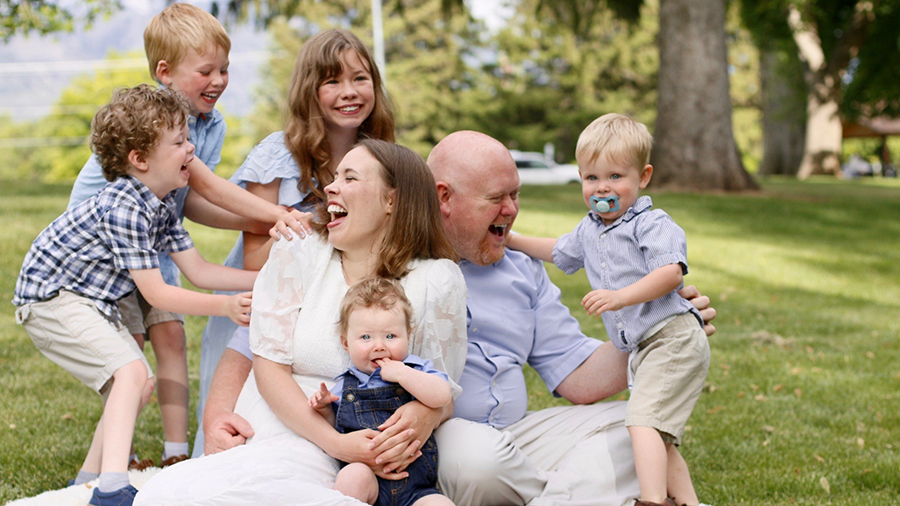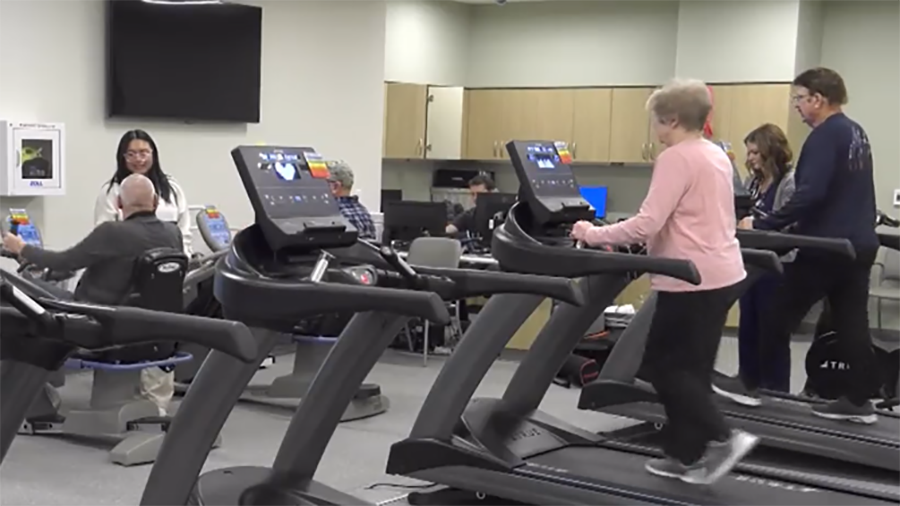Son donates part of his liver to ailing father
Apr 21, 2022, 4:50 PM | Updated: Jun 10, 2022, 11:53 pm
TAYLORSVILLE, Utah — Every nine minutes, another person needs an organ transplant in the United States. More than 100,000 people are on a wait list, and here in Utah, almost 900 people need organ transplants. A Taylorsville man benefited from a live donor donation.
When his 1986 Chevy Blazer needed rebuilding, Peter Beverley knew who to call. His son, David, showed up in a heartbeat. When Peter, himself, needed a tune-up, David was there as well.
“That’s right, just a little tender-loving care,” said 60-year-old Peter Beverley, a transplant recipient who lives in Taylorsville.
“I was very sick. I could just barely walk, my talking was all slurred,” he said.
Peter had liver failure from Type 2 diabetes. He needed a transplant to survive.
“I was worried more about him than me,” said 32-year-old David Beverley.
The surgery got delayed three times because of the pandemic. But last September, David donated 67% of his liver to his father, just two weeks after his wife gave birth to their third baby.
“My thought was, ‘He’s given me so much, I feel like this would be a gift I could give to him,'” David said.
Last year in the U.S., doctors performed 40,000 transplants from both living and deceased donors — a historic first and the 10th consecutive record-breaking year for organ donation, according to the United Network for Organ Sharing.
The Intermountain Healthcare Transplant Program surpassed 5,000 life-saving adult solid organ transplants.
“The liver surgery itself is actually quite safe, it’s the reason we actually do it and offer it. Our priority always is first and foremost the safety of the donor,” said Dr. Diane Alonso, transplant surgeon and program director of Intermountain Transplant Services.
Alonso said the risks to the donor include the usual possibility of complications from major surgery.
“The risks would be things like wound infection and maybe getting a hernia,” she said.
Most donors have a five- to seven-day hospital stay post-op, start feeling normal two to three weeks later, and are usually fully recovered after eight weeks, she said.
The benefits to recipients are immeasurable.
“They get to reclaim their life,” Alonso said. “The donor’s a hero, right? They truly saved someone’s life. It’s the greatest act of love, kindness, generosity, paying it forward that you can ever do.”
Seven months later, David says he’d do it all again to save his father.
“(He) taught me all the life lessons, made me into the man I am today,” David said. “Seeing him get better was probably one of the greatest things I could see and witness.”
The experience is solidifying a bond that’s unbreakable.
“There will always be a special place in my heart for David,” Peter said.
Doctors said living donor recipients typically have a faster recovery and shorter hospital stays.
Every living donor transplant removes one person from the transplant waiting list and ensures that the next person on the list won’t have to wait as long for a deceased donor transplant.
















